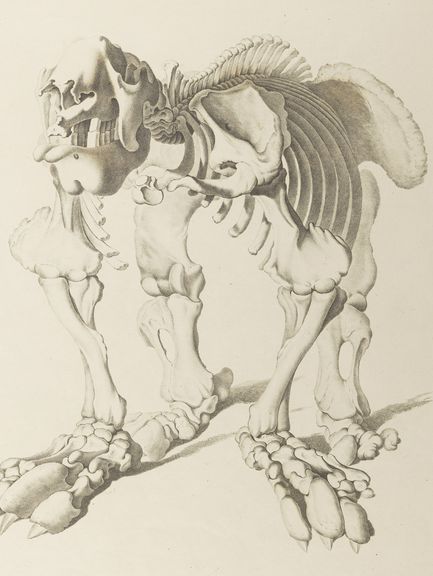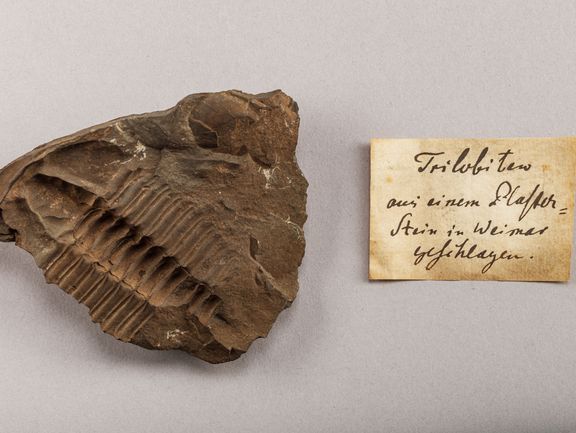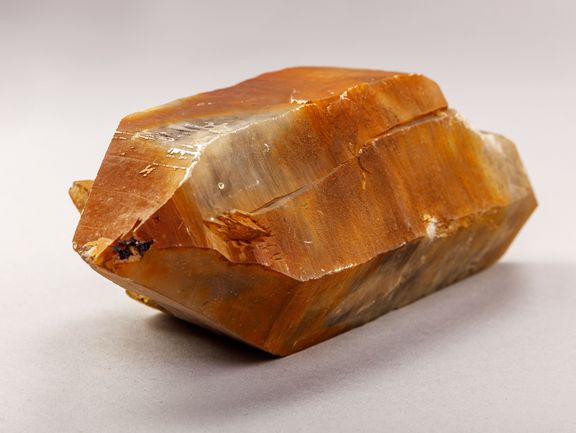Projects of the Klassik Stiftung Weimar are funded by the European Regional Development Fund (ERDF) and the Free State of Thuringia, represented by the State Chancellery of Thuringia, Department of Culture and the Arts.
“Time and Earth”
In 1777 Johann Wolfgang Goethe was commissioned by Duke Carl August with the (ultimately unsuccessful) project of reinvigorating the Ilmenau silver and copper mining industry. As a trained lawyer, he devoted himself first to clarifying the legal and financial matters of the venture, but soon became acquainted with the practical aspects of mining, the formation and composition of rock layers, ores and minerals. In order to conduct comparative studies, Goethe started his own mineralogical collection which would become the foundation for his steadily expanding natural-scientific collection over the next five decades.


Based on Goethe’s initial forays into the natural sciences, the visitors begin their tour by entering a recreated mining tunnel. Here they are introduced to questions of oryktognosy and geognosy (better known today as mineralogy and geology) which were being debated by scholars around 1800. How and when were the Earth and its rock layers formed? What forces were responsible for creating them? Water, as the advocates of “neptunism” believed, or rather fire, as the “volcanists” argued? Against this background, how was one to interpret the natural records – mountain formations, rock types, ore and mineral deposits? What role did fossils play in determining the ages of geological eras, and how did one imagine what the original and now extinct organisms looked like?
These oftentimes heated geoscientific debates are presented again with examples of fossilised pterodactyls, index fossils like belemnites and trilobites, and reconstructed giant sloths. Special loans, such as the never-before-shown aquarelle “Prehistoric Landscape” by Leander Russ from the Albertina Museum in Vienna, complete the first section of the exhibition.







